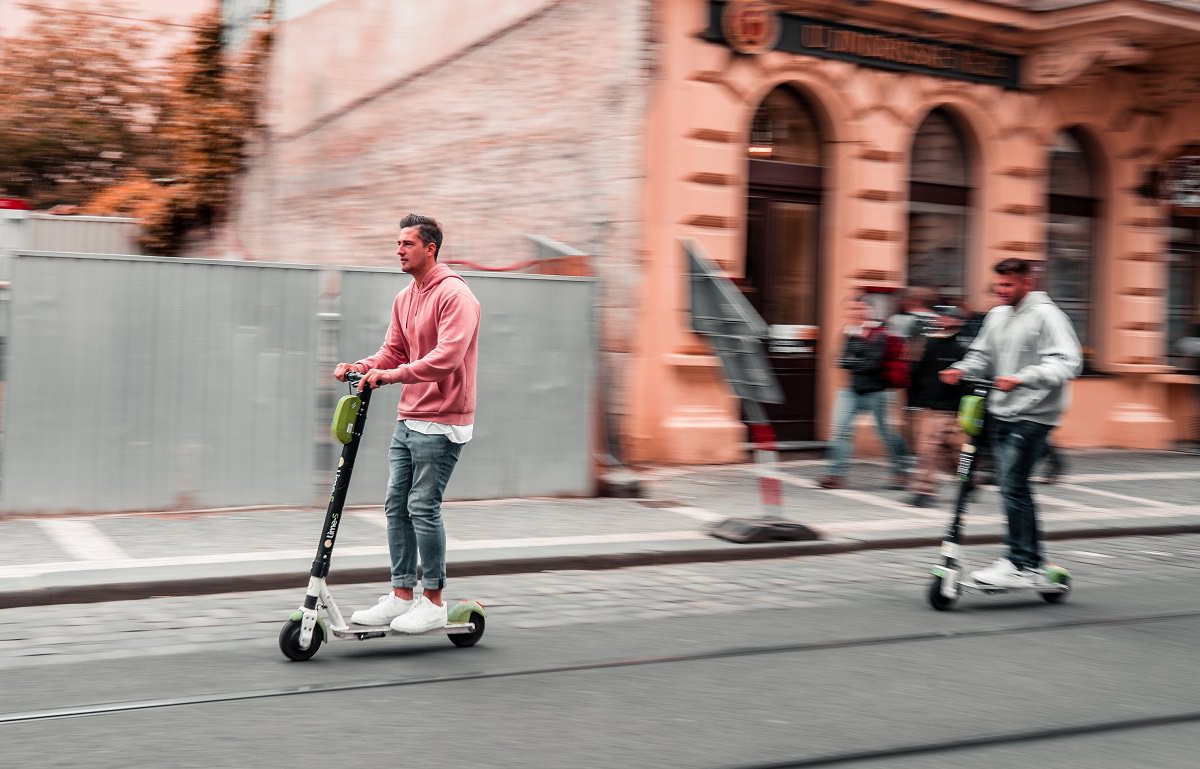
"Shared electric scooter companies boast carbon-free credentials, but their environmental impact may not be as positive as perceived. While they offer quick transport, sustainability concerns remain."
"The 2018 introduction of electric scooters marked a significant shift in urban mobility, with 38.5 million rides in that year alone, surpassing traditional bicycles in popularity."
"Despite the pandemic's impact, shared electric scooters have rebounded, showing resilience and adaptation in urban transportation, indicating a sustainable growth trajectory moving forward."
"In the first year of their introduction, electric scooters outnumbered station-based bicycles, highlighting a rapid transformation in the shared micro-mobility landscape across U.S. cities."
Electric scooters have become a major aspect of urban transportation since their introduction in the U.S. in 2018, with significant growth in ridership numbers. An estimated 38.5 million rides were taken in the inaugural year, surpassing the popularity of station-based bicycles. While ridership decreased during the pandemic, the scooter industry has shown resilience, growing back to an efficient operational scale. Concerns about the true environmental impact of these scooters linger, despite claims of being carbon-free alternatives.
Read at Earth911
Unable to calculate read time
Collection
[
|
...
]